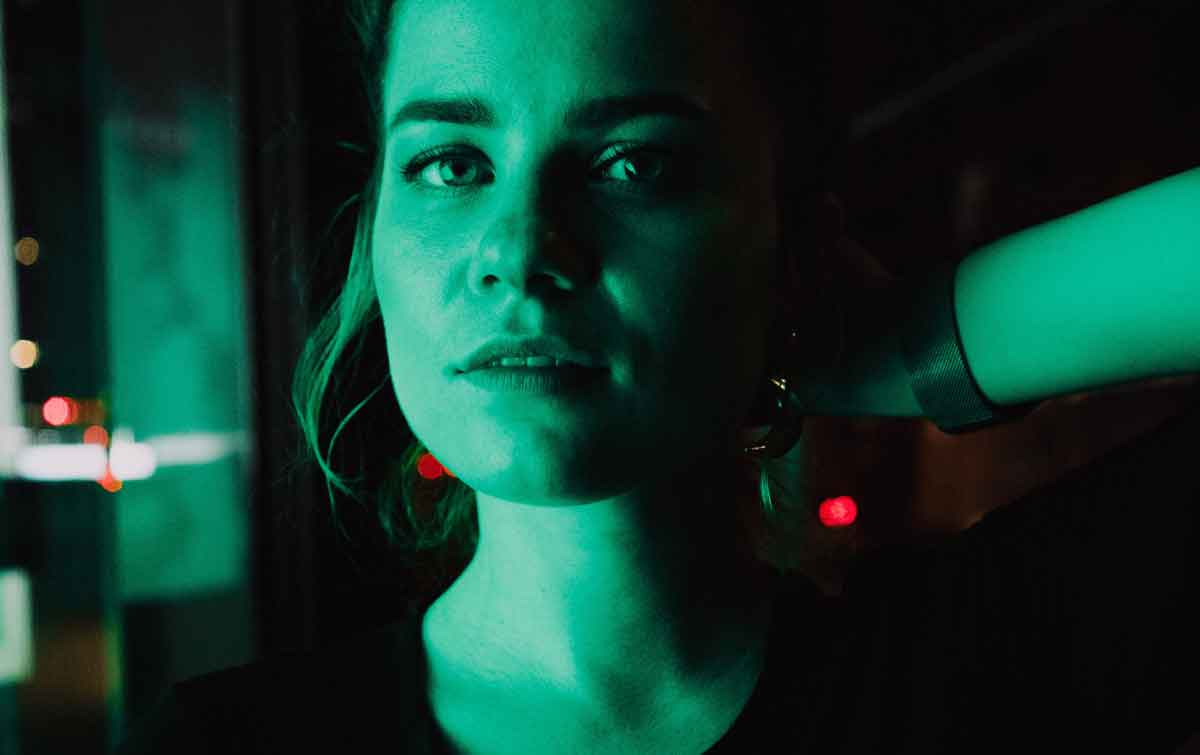
Well, if you do not usually look at your poop after going to the bathroom, it is better to start adopting this habit. Believe it: checking your “number two” can tell a lot about your health.
+ These 10 tricks will help you poop
+ Acupuncture helps in the treatment of anxiety and depression
+ Video: Airplane carrying Brazilian singing band drops piece of fuselage during flight
Shape, size, and texture are important, of course – but the color of the feces also indicates various things. The red, for example, usually asks for a little attention (unless you have eaten a large amount of beet!). Pooping green can also be a warning sign.
Let’s go back a bit. “The poop gets its typical brown color due to various factors: yellow-green bile (produced in the liver, released by the gallbladder), dead cells, intestinal bacteria and, of course, unused food waste,” explains Michael Rice, a gastroenterologist at the Michigan Medicine Gastroenterology Clinic (USA).
In most cases, “green poop is rarely worrisome,” says Rice. But still, it is important to know why it is this color.
1. You are on antibiotics
“Yes, antibiotics are great for a bacterial infection, but they also kill the good bacteria in your gut,” explains Rice. “Sometimes when this happens, it can make your gastrointestinal tract run a bit faster – which can change the color of the feces.”, This happens because the yellow-green bile pigments may not break down completely.
To improve this: probiotics. “Probiotics are living microorganisms of various strains of bacteria and yeasts that already live naturally in your body,” explains Rice, adding that you can find them in foods (such as kefir or yogurt), as well as supplements.
Replenishing this good bacteria in your gut when it is being eliminated by antibiotics can help your stomach keep order.
2. You have a stomach problem
“When you have a bacterial or viral stomach illness, your feces pass quickly through your gastrointestinal tract – the famous diarrhea. And in some cases, this poop can look green, again, because the bile pigments are not breaking down, since things are moving quickly”, says Rice.
“Another condition called giardiasis – a parasitic infection often associated with drinking water contaminated with infected animal or human feces – can cause similar symptoms”, he completes.
In some cases, just wait for things to resolve on their own. Just don’t forget to drink plenty of fluids. “But if you have a fever, vomiting, dehydration, and intense abdominal pain, in addition to green diarrhea, see your doctor as soon as possible”, says Rice.
3. You eat a lot of salad
Science lesson: plants get their green color from chlorophyll – a green pigment that helps them absorb light and grow. “If you eat a lot of salad, this green can show up in your poop,” explains the professional.
“Eating a lot of blue or purple foods, like blueberries, can mix with the yellow-green bile pigments and change the color of your poop as well”, he says. The same goes for blue and purple dyes in food.
There is nothing you can really do about this, except reduce the consumption of green vegetables. But maybe you also prefer to just accept your green-tinted excrement.
4. You are taking iron supplements
Taking oral iron pills can make the feces look black or green. However, it is important to make sure that they are this color. So go ahead and take a peek in the bathroom.
According to the U.S. National Library of Medicine, black stools are normal when taking iron supplements and can actually be a sign that your body is absorbing them correctly.
Green feces, however, mean the opposite – that your body is not fully absorbing these nutrients. “In this case, you should talk to your doctor about the possibility of replacing it with another form. Intravenous iron, for example, will not have this effect”, indicates Rice. Either way, you should always be in touch with your doctor, as you should not supplement alone.
5. You have inflammatory bowel disease or celiac disease
Crohn’s disease and ulcerative colitis, two forms of inflammatory bowel disease, cause inflammation in the gastrointestinal tract. The same happens with celiac disease (an autoimmune disease in which the ingestion of gluten leads to inflammation).
This inflammation, then, can cause diarrhea, which can make your poop look green.
“If you have any of these diagnoses, it is important to rely on your doctor to help keep them under control”, advises Rice.

